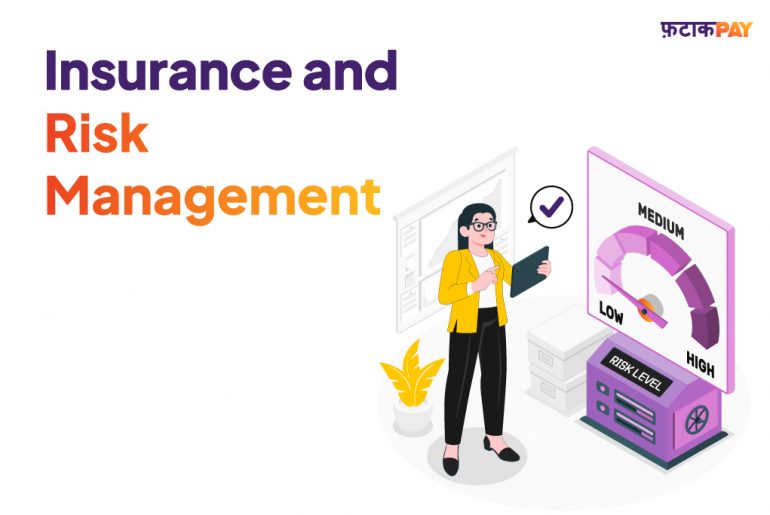Who wants to avoid achieving financial wellness? A feeling of contentment and peace of mind comes with having the resources to live your desired life. And investing is the key to unlocking this financial freedom.
Whether you dream of buying your own home, funding your children’s education, or luxurious retirement, investing can help you get there.
So, let’s explore the exciting world of investing and learn how to make informed decisions to pave the way to your financial goals.
Setting Financial Goals
Setting Up your financial goals should be the first step before you start investing; you should be clear about what you want and don’t. With a perfect set goal, such as saving for retirement, buying a home, or funding your children’s education, you can quickly determine where to invest and how much.
It would be best to make your goals clear and actionable. You can use the SMART (specific, measurable, achievable, relevant, and time-bound) Framework to define your financial goals.
Another goal that you should prioritise is building an emergency fund. Why? In case any Financial emergency, such as medical bills or vehicle repair, occurs, you will have already reserved emergency funds that will help you in this emergency to cover unexpected expenses and avoid tapping into your investments prematurely.
Investment Basics
To determine which kind of investment is better for you, you must first understand the different types of investments. The primary investment categories involve stocks, bonds, real estate, and cash equivalents. We will look into detail about these categories:
1. Stock:
It represents the company’s ownership. You’re an owner and have a claim to the company’s assets and profits when you invest in stocks. Stocks offer the potential for high returns. Yet, they also present a greater risk since their values can vary significantly from one place to another.
2. Mutual funds:
Mutual funds provide you as an investor with a hassle-free approach to accessing a diversified portfolio without the need to manage individual securities directly. By buying shares, you can access a range of assets and earn returns over the long term. This makes mutual funds convenient for small investors to achieve their financial goals.
FatakPay is one of the fantastic platforms where you can easily invest in mutual funds. For starters, you can start from the affordable low price of Rs.500, and it is very flexible; you can choose your amount, tenure, start, stop, and top-up anytime. These features make it very convenient to use it.
3. Bonds:
Governments, cities, and corporations issue bonds as debt securities. You lend money to the issuer in exchange for periodic interest payments and the return of the face value of the bond at maturity when you invest in bonds. Bonds are considered less risky than stocks but typically offer lower potential returns.
4. Real Estate:
Investments in real estate consist of acquiring physical properties or investing in property trusts and related assets, such as Real Estate Investment. Real estate can provide income through rental properties and the potential for property value appreciation over time.
5. Cash Equivalents:
Cash equivalents are a type of investment with shallow risk and easy conversion to cash. The assets in question include money market funds, certificates of deposits, and treasury bills. Although safe and liquid, cash equivalents usually deliver below the returns of stocks and bonds.
6. Liquidity:
When choosing investment options, it’s essential to consider the trade-off between liquidity and potential returns. Liquidity refers to an investment that is easy to convert into cash.
While cash equivalents are highly liquid and easily accessible, they generally offer lower returns than other investment options like stocks, bonds, and real estate. Therefore, balancing the need for liquidity with the potential returns of different investment options is crucial.
The Role of Risk Tolerance:
It is also essential to Recognize the relationship between risk and potential return; higher returns typically come with higher risk. In investing, “risk” signifies the possibility of losing your investment, while “return” denotes the profit you gain.
When choosing investments, consider your risk tolerance, which reflects your comfort level with market fluctuations. It’s vital to align your investments with your financial goals and the time you can commit.
You must understand your risk tolerance based on your financial goals, time horizon, and emotional comfort with market fluctuations. Learn about market, interest rate, credit, and inflation risks.
Determine if you are a conservative, moderate, or aggressive investor based on your risk tolerance. Link your risk tolerance to asset allocation, balancing risk and return.
Investment Strategies for Different Life Stages:
1. Young Adults Investment(Ages 20-35)
It would be best if you aimed to build your financial foundation as a young adult; this requires saving money to meet emergencies and future objectives while also dealing with and reducing debt with exceptionally high-interest rates.
By contrast, if you put a robust approach towards investment more geared towards stocks, it would be wise. Stores offer the long-term potential for growth, and you are well informed to cope with market fluctuations.
In risk management, the diversification of stocks is essential. The strategy takes advantage of young people’s ability to resist market volatility. It uses its compounding potential for significant long-term returns.
2. Early to Mid-Career Investment (Ages 35-55)
Children’s Education Planning:
If you have children, planning their education expenses is prudent. Look into college savings accounts such as 529 plans and Education Savings Accounts (ESAs). By starting early and contributing regularly to these accounts, you can alleviate the financial burden of higher education when your children are ready for college.
Retirement Savings:
We all want a peaceful retirement life. You should maximize contributions from employer-funded pension plans, such as 401(k), and try to get full advantage of any employer match, allowing for a significant growth in your savings.
Start saving early and do it regularly for a comfortable retirement. Consistency is the key to achieving long-term financial goals.
Homeownership:
Consider purchasing a home not only for its place to live but also as a valuable long-term investment. Owning a home provides stability and may be appreciated over time. Additionally, you build equity as you make mortgage payments, effectively creating a forced savings mechanism.
Investment Mistakes to Avoid
1. Lack of Diversification:
Lack of diversification in your investment can be a pitfall that can lead to increased risk and volatility. Diversification spreads your investments across different asset classes and industries to reduce the impact of any single investment’s performance on your overall portfolio.
By diversifying across different asset classes, you can reduce the impact of market volatility on your portfolio. Additionally, diversifying across various industries can reduce the impact of sector-specific risks on your investments, such as changes in consumer preferences or regulatory changes.
2. Neglecting Investment Research:
You should Educate yourself about investments and seek advice when needed. The recipe for financial risk is the need for more investment research. Knowing about different investment risk assessments and aligning yourself with your objectives are the best ways of making informed decisions.
It is advisable to seek advice from experts or trusted sources. To make the right investment choice, it is essential that you be educated and kept informed.
3. High-Fee Investments:
Excessive fees on investments can undermine your returns. Opt for a lower cost ratio option to retain more of your profit. Investing in cost-efficient assets is a way to ensure that your money works more effectively for you over time. It’s a smart strategy to take full advantage of your gains.
Inadequate Review and Adjustment:
It’s like sailing without a check on the weather when you don’t review and adjust your investments. It ensures your portfolio is monitored carefully and updated with appropriate adjustments to meet your goals.
Your investments should be adjusted, too, in light of market conditions and your objectives. This proactive approach protects your financial well-being so you can maximize your investments.
Conclusion:
Investing in financial wellness is a lifelong journey requiring self-awareness, knowledge, and a well-thought-out strategy. It encompasses goal setting, risk management, and informed decisions. Whether you are a novice or an experienced investor, these principles can guide you toward financial security and peace of mind.
Remember, financial wellness is a worthy goal, and with the right strategies and mindset, you can secure your financial future and attain peace of mind.
Start your journey toward financial wellness today.
With FatakPay India’s trusted instant personal loan app, you can invest smartly in mutual funds, manage your expenses, and stay financially prepared.
Enjoy instant loan approval in 5 minutes when you need funds, and build wealth with confidence.
Download FatakPay and invest in your future now.







